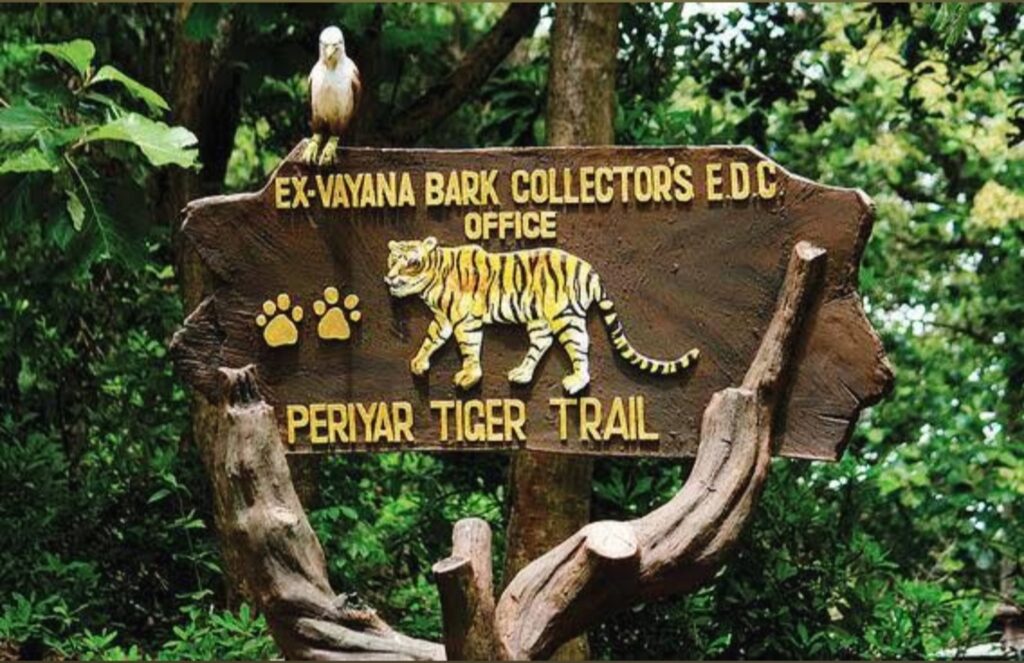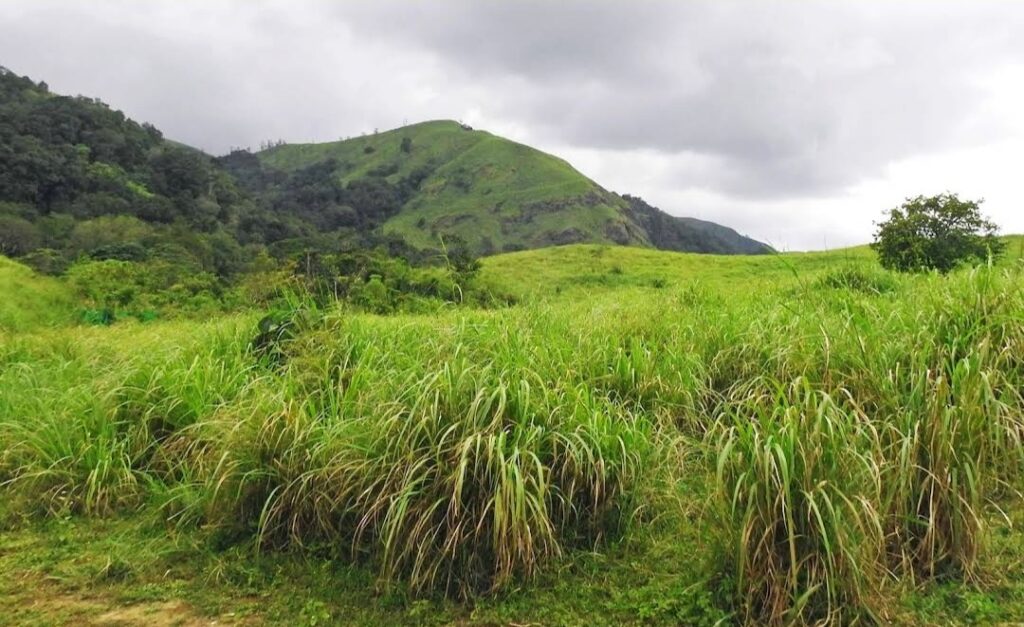Nestled in the southern region of the Western Ghats, Periyar Valley is a destination steeped in history and natural beauty. Once ruled by the Pandyas of Madurai until the 12th century, this valley has evolved into one of India’s most cherished wildlife reserves, housing the renowned Periyar Tiger Reserve.
The Historical Significance of Periyar Valley
The story of Periyar Valley dates back centuries. The Pandyas reigned over this land until the 12th century, shaping the culture and history of the region. However, it was the construction of the **Mullaperiyar Dam** in 1895 that dramatically altered the landscape of Periyar Valley. This dam, built across the west-flowing Periyar River, created an artificial lake at the heart of the sanctuary, becoming the nucleus of the reserve. This lake not only transformed the valley’s topography but also became a vital resource for the wildlife, particularly elephants and avian species, that flock to its waters during the hot months.

The Evolution of Periyar as a Wildlife Sanctuary
During the 18th and 19th centuries, Periyar Valley was the royal hunting ground for the Travancore kings. The area, which now forms the Periyar Tiger Reserve, was once protected to prevent encroachment by tea plantations. In 1934, the region was converted into the **Nellikkampatty Game Sanctuary**, covering about 500 sq km. By 1950, the sanctuary had expanded and was renamed the **Periyar Wildlife Sanctuary**.
Conservation Efforts: Project Tiger and Project Elephant
Periyar’s importance as a wildlife sanctuary was further recognized when it became part of **Project Tiger** in 1978, a government initiative aimed at conserving Bengal tigers. Later, in 1992, Periyar was also included in **Project Elephant**, underscoring its significance as a habitat for wild Asian elephants. Today, the reserve is home to at least 40 tigers and hundreds of elephants, along with a diverse range of flora and fauna.

Explore the Biodiversity of Periyar Valley
Spanning 777 sq km, the Periyar Tiger Reserve boasts a rich biodiversity that attracts nature lovers from around the world. The reserve is home to thousands of species, including rare and endangered ones. Dense, evergreen forests cover approximately 360 sq km of the valley, offering a sanctuary for the region’s diverse wildlife.
Top Attractions in Periyar Valley
1. Periyar Lake
The artificial lake created by the Mullaperiyar Dam is central to the Periyar Tiger Reserve. A boat safari on this lake offers a unique opportunity to observe wildlife from a safe distance, making it a must-do activity for visitors.
2. Elephant Junction
A popular attraction where visitors can interact with elephants, enjoy rides, and learn about these majestic creatures.
3. Green Park Spices
Discover the rich variety of spices grown in the region, with guided tours that offer insights into spice cultivation.
4. Periyar National Park
The park is home to a wide range of wildlife, including elephants, Bengal tigers, and several species of deer and birds. A guided trek through the park’s lush forests is a rewarding experience for wildlife enthusiasts.

Best Time to Visit Periyar National Park
While Periyar is a year-round destination, the best time to visit is between **September and June**. During these months, the weather is pleasant, and animals are more likely to be spotted as they venture out in search of water. The monsoon season, in particular, offers a unique experience, with lush greenery and the chance to witness elephants enjoying the rain.
Conservation Challenges and Future Prospects
Despite its protected status, Periyar National Park faces several challenges, including deforestation and human encroachment, which have impacted the tiger population. Ongoing conservation efforts are crucial to preserving the park’s biodiversity and ensuring the survival of its wildlife.

Ecotourism in Periyar: A Responsible Way to Explore
Periyar Valley offers several eco-tourism programs that allow visitors to explore the reserve responsibly. From guided nature walks and bamboo rafting to overnight camping and tribal heritage tours, these activities provide immersive experiences while promoting conservation.
How to Reach Periyar Valley
Periyar Valley is accessible by road and rail. The town of Kumily is the closest point to the Periyar National Park, while **Kottayam Railway Station** is a major railhead connected to various cities across Kerala and India. From Kochi, it’s a four-hour drive to the reserve, making it a convenient destination for travelers.
Also Read : Exploring the Hidden Gems: Must-Visit Spots in Kottayam
Periyar Valley is more than just a wildlife sanctuary; it’s a living testament to India’s rich history, biodiversity, and conservation efforts. Whether you’re a wildlife enthusiast, a history buff, or a nature lover, Periyar offers something for everyone. Plan your visit to this incredible reserve and experience the beauty and tranquility of Kerala’s premier wildlife destination.